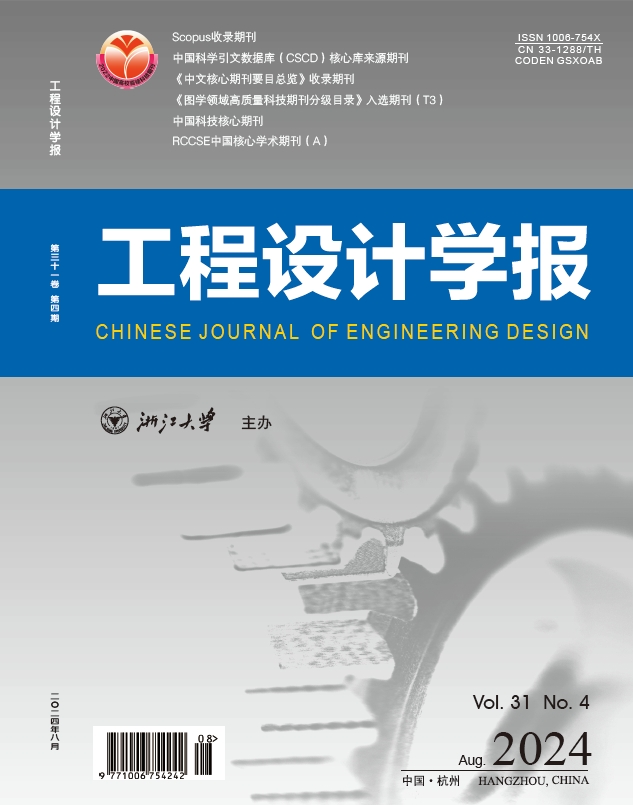Discrete element simulation for evolution characteristics of multi-funnel mineral-rock force chain under flexible isolation layer
IF 4.5
Q4 Engineering
引用次数: 0
Abstract
To further reveal the internal mechanism of the granular media flow process under the flexible isolation layer, numerical experiments on the evolution characteristics of bulk media flow force chain under the flexible isolation layer were carried out based on the discrete element software PFC. Based on a combination of contact mechanics and statistical mechanics, the evolution characteristics of the force chain length, quantity, strength, direction, and the collimation coefficient of the internal bulk medium system in the multifunnel ore drawing process were quantitatively studied. It is found that the proportions of the strong contact and the force chain contact is found to be relatively stable in the multi-funnel ore drawing process;the proportion of strong contact is stable at about 33%, that of the force chain contact is stable at about 16%, and the fluctuation amplitude is not more than 2%. The total number of force chains decreases with the increase in ore drawing times, and it is stable at 790 strips in the later stage of ore drawing. The probability distribution of the force chain length is almost the same under different ore drawing times, and it decreases exponentially with the increase in the force chain length. The probability distribution of the force chain strength first increases exponentially with the increase in the ore drawing times and then decreases exponentially;it reaches a peak value at 0.7■(■is the average contact force).In the initial ore drawing stage,the force chain is mainly distributed along the vertical direction, and the force chain direction distribution is similar to a peanut shape.After that, with the continuous release of ore particles, the phenomenon of local stress concentration in the granular media system becomes remarkable, and the main direction of the force chain distribution changes to become four(vertical direction, horizontal direction, and angles of ±60° to the horizontal). The force chain collimation coefficient increases exponentially with the increase in drawing times and gradually becomes stable.柔性隔震层下多漏斗矿岩力链演化特征的离散元模拟
为进一步揭示柔性隔离层下颗粒介质流动过程的内在机理,基于离散元软件pfc对柔性隔离层下散体介质流动力链演化特征进行了数值实验。基于接触力学与统计力学相结合的方法,分析了弹性隔离层下散体介质流动力链长度、数量、强度、方向、定量研究了多漏斗放矿过程中内部散质介质系统的准直系数。研究发现,在多漏斗放矿过程中,强接触和力链接触的比例相对稳定,强接触的比例稳定在33%左右,力链接触的比例稳定在16%左右,波动幅度不大于2%。力链总数随着放矿次数的增加而减少,在放矿后期稳定在790条。在不同放矿次数下,力链长度的概率分布基本相同,且随着力链长度的增加呈指数递减。力链强度的概率分布随放矿次数的增加先呈指数增长后呈指数下降,在0.7■处达到峰值(■为平均接触力)。在初始放矿阶段,力链主要沿垂直方向分布,力链方向分布近似于花生状。之后,随着矿粒的不断释放,颗粒介质体系局部应力集中现象显著,力链分布的主要方向变为4个(垂直方向、水平方向、与水平夹角±60°)。力链准直系数随拉伸次数的增加呈指数增长,并逐渐趋于稳定。
本文章由计算机程序翻译,如有差异,请以英文原文为准。
求助全文
约1分钟内获得全文
求助全文
来源期刊

工程设计学报
Engineering-Engineering (miscellaneous)
CiteScore
0.60
自引率
0.00%
发文量
2447
审稿时长
14 weeks
期刊介绍:
Chinese Journal of Engineering Design is a reputable journal published by Zhejiang University Press Co., Ltd. It was founded in December, 1994 as the first internationally cooperative journal in the area of engineering design research. Administrated by the Ministry of Education of China, it is sponsored by both Zhejiang University and Chinese Society of Mechanical Engineering. Zhejiang University Press Co., Ltd. is fully responsible for its bimonthly domestic and oversea publication. Its page is in A4 size. This journal is devoted to reporting most up-to-date achievements of engineering design researches and therefore, to promote the communications of academic researches and their applications to industry. Achievments of great creativity and practicablity are extraordinarily desirable. Aiming at supplying designers, developers and researchers of diversified technical artifacts with valuable references, its content covers all aspects of design theory and methodology, as well as its enabling environment, for instance, creative design, concurrent design, conceptual design, intelligent design, web-based design, reverse engineering design, industrial design, design optimization, tribology, design by biological analogy, virtual reality in design, structural analysis and design, design knowledge representation, design knowledge management, design decision-making systems, etc.
 求助内容:
求助内容: 应助结果提醒方式:
应助结果提醒方式:


